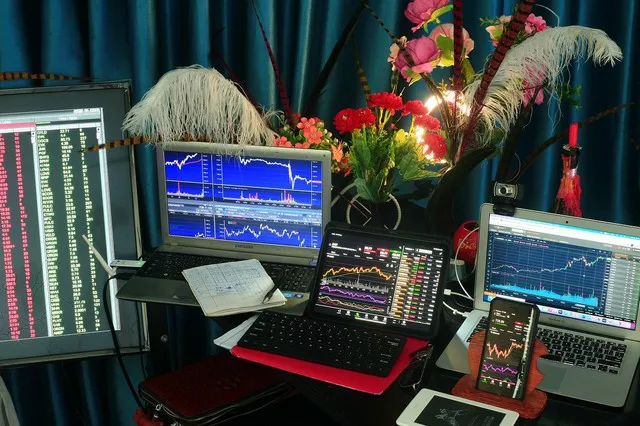Day trading futures is an enticing prospect for many investors, offering the potential for significant profits and rapid portfolio growth. However, the $25,000 minimum equity requirement imposed by the Pattern Day Trading (PDT) rule for day trading stocks can deter some traders from pursuing day trading strategies. In this article, we explore the possibility of day trading futures without a $25,000 account, examining alternative approaches, regulatory considerations, and potential strategies for success.
Understanding Day Trading Futures
Day trading futures involves buying and selling futures contracts within the same trading day to capitalize on short-term price movements in the underlying asset. Unlike traditional investing, which focuses on long-term asset appreciation, day trading seeks to profit from intraday price fluctuations by executing multiple trades throughout the trading session. Futures contracts are available for a wide range of underlying assets, including commodities, currencies, stock indices, and interest rates, providing traders with ample opportunities to exploit market volatility.
Regulatory Considerations
Unlike day trading stocks, which are subject to the $25,000 minimum equity requirement imposed by the PDT rule, day trading futures does not have a similar restriction. The PDT rule applies specifically to margin accounts that trade stocks and options on US exchanges and requires traders to maintain a minimum account equity of $25,000 to engage in pattern day trading activities. However, futures trading operates under different regulatory guidelines and does not impose a minimum equity requirement for day trading.
Alternative Approaches for Day Trading Futures
While there is no $25,000 minimum equity requirement for day trading futures, traders still need to meet margin requirements set by futures exchanges and brokers to trade futures contracts. Margin requirements vary depending on the asset class, contract size, and volatility of the underlying asset, with higher margin requirements typically associated with more volatile assets. Traders can choose from several alternative approaches to day trading futures without a $25,000 account:
1. Micro E-mini Futures: Micro E-mini futures contracts offer a cost-effective alternative for traders with smaller account sizes. These smaller-sized contracts allow traders to gain exposure to popular stock indices such as the S&P 500, Nasdaq 100, Dow Jones Industrial Average, and Russell 2000 at a fraction of the cost of standard E-mini contracts. With lower margin requirements and reduced contract sizes, Micro E-mini futures are accessible to traders with smaller account sizes who wish to engage in day trading strategies.
2. Trading with Leverage: Futures trading offers significant leverage, allowing traders to control a large position with a relatively small amount of capital. By using leverage, traders can amplify their trading returns and potentially generate higher profits from small price movements in the underlying asset. However, leverage also increases the risk of significant losses, as traders can lose more than their initial investment if the market moves against them. It is essential for traders to use leverage judiciously and manage risk effectively when day trading futures.
3. Intraday Margin Accounts: Some futures brokers offer intraday margin accounts that allow traders to access additional buying power for day trading activities. Intraday margin accounts provide traders with the flexibility to trade futures contracts intraday without tying up excess capital in margin requirements. However, traders should be aware of the risks associated with intraday margin accounts, including the potential for margin calls and liquidation if positions are not managed properly.
4. Scalping Strategies: Scalping is a popular day trading strategy in futures trading that involves making small, frequent trades to capitalize on short-term price movements. Scalpers aim to profit from small price changes by entering and exiting trades quickly, often within seconds or minutes. Scalping requires precision timing, fast execution, and discipline to adhere to strict risk management rules. While scalping can be profitable, it also requires advanced trading skills and the ability to handle high-frequency trading.
Conclusion
In conclusion, day trading futures without a $25,000 account is possible through alternative approaches, leverage, and strategic trading techniques. Unlike day trading stocks, which are subject to the $25,000 minimum equity requirement imposed by the PDT rule, futures trading does not have a similar restriction, allowing traders with smaller account sizes to engage in day trading strategies. By exploring alternative approaches such as Micro E-mini futures, leveraging, intraday margin accounts, and scalping strategies, traders can access the futures market and pursue their trading goals without the constraints of a $25,000 account. However, it is essential for traders to understand the risks associated with futures trading, including leverage, volatility, and margin requirements, and to implement sound risk management strategies to protect their capital and achieve long-term success.


